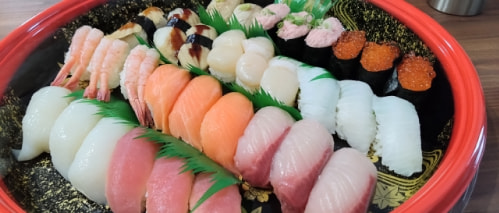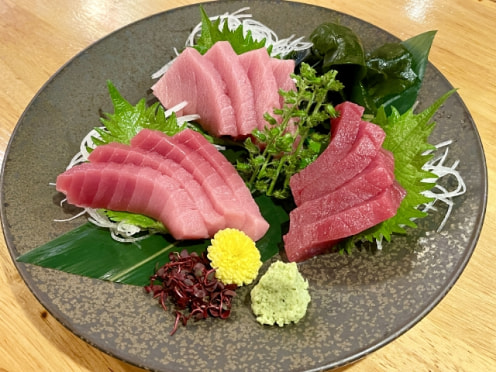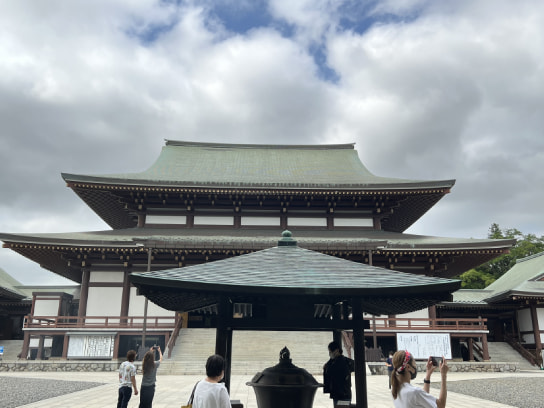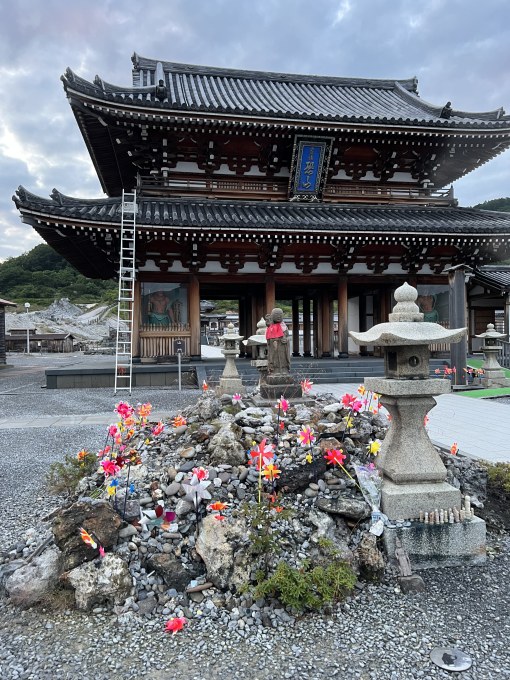To foreign tourist in Japan, did you ever try eel(unagi) and its dishes?
If not, how about unaju(kind of yummy eel dishes you can taste only in Japan)?

I’d like to talk about unaju, which I sometimes enjoy in Narita city, located in the neighborhood of Narita Airport, and which is unique to Japan.
Among many Japanese dishes, unaju is posh, yummy, and absolutely special even in nutrition!
Speaking of Japanese most popular dishes among foreign tourists, most everyone takes up sushi, ramen(originally from China), tempura, and many other things.

And in sushi, for example, speaking of one of the most popular ingredients, raw fish will be taken up.
Raw fish is also served alone in the form of “sashimi”, sliced raw fish seasoned with soy sauce.

However, besides raw fish, there are many, many different ways of preparing fish in Japan, and because of that, there are also many different and attractive fish dishes in the country!
As one of them, I heartily recommend you try unagi(鰻(うなぎ)、eel), and its representative dish, unaju(うな重).Unaju is box of rice topped with grilled eel deeply seasoned with sweet soy sauce(look at the top picture).
As is hardly known to foreign people, including Japan lovers, eel, the ingredient for unaju, is said to be awfully rich in various nutritions. Not only DHA and EPA, which are characteristic of bluefish, but also many kinds of vitamin(A, B1, B2,D,E), and various minerals!

Kabayaki(蒲焼き): one of the representative eel dishes in Japan, eel cut open, grilled with charcoal, seasoned with sweet soy sauce while grilled.
Since the old days in Japan, therefore, it has often been said, “If you feel your body and health are worse because of hot summer, you should eat unagi in order to gain good nutritions.”
I mean, unagi(eel) and its dishes are very precious, and among them, unaju is posh and excellent in digestion too, and so, in my thought, it’s one of the summits of fish dishes in Japan.
One of posh dishes: most Japanese seldom enjoy
Unaju is usually served in the form of lacquered rectangular box. The box is called “Jubako”, which is used to contain various foods and sometimes stacked in two or three layers with the use of another same-formed Jubako(s).
Unaju is its Jubako of rice topped with properly cut “Kabayaki”, which is grilled eel seasoned with sweet soy-sauce.

This dish is esteemed one of the expensive, posh dishes, and so most common Japanese cannot always enjoy it. Most of them will go to restaurants for Unaju once in a few months or so. As for me, when I visit Shinshoji(新勝寺) a few times in a year, I sometimes eat it on the way in Nrita city to the temple.

Shinshoji is one of the largest temples not only in Chiba prefecture but in Japan.
It’s also one of Shingon sect “Daihonzan(大本山、 Head Temple in Buddhism)”.
If you’re interested in Kabuki, one of traditional plays in Japan, you’ll remember the name “Danjuro Ichikawa”, nationally famous Kabuki actor. The temple has deep connection with the history of his family, and so he often visits the temple with his family.
There are many eel-specialized restaurants along with the Omotesando(表参道、front approach) to Shinshoji.

Cringy? Strange? Bad impression with eel will disappear by unaju
However, don’t you have any impression with eel, which is sometimes bad?
As one of the reason I surmise is, in appearance living eel is cringy.
It is much like snakes, especially sea snakes, most of which have powerful poison.
You can hardly catch it, either: it’s very slimy.

Also, some Europeans may have strong prejudice against eel dishes. As a typical example, I’ve heard jellied-eel dishes in England are worst and world-wide infamous.
Japanese unaju is totally different other countries’ eel dishes: you’ll fly in the sky just after taking a bite at popular unagi restaurants in Narita!
However, if you have chance to try Japanese unaju somewhere in Japan and do so, I’m sure your prejudice against eel dishes will dissipate. Your thought of eel dishes will change 180 degrees, exactly the opposite.
Below is my thought of unaju when I visit “Kawatoyo(川豊)”, one of the most famous unagi restaurants in Narita city:
Its building is unique: the old wooden house has three stories. There are many old wooden shops and restaurants, but the others are one-story or two-story, so Kawatoyo looks bigger and stands out among the Omotesando.
And in fact, the unagi restaurant looks notably popular: every time at about noon I pass by the unagi restaurant, I saw many customers making a line to wait for their turn.

In front of the restaurant, we can watch a few unagi cooks preparing living eels as a demonstration, whose performance can be seen only here in the Omotesando.

Guided by a waiter, I climbed up to the guest room on the 2nd floor, and began waiting for dishes I ordered. About 20 minutes later, they were served and put on my table.

No sooner had my portion been served, I uncovered the lid and removed it, begining to take a bite.
At that moment sweet, rich flavor spread in my mouth along with very soft eel meat.
The eel meet was like cream: it melt in the mouth with extremely attractive, sweet soy-sauce base tasting.
This didn’t have any bad smell at all, of course!

Doesn’t look so big? This is my extra-large portion, called Tokujo(特上) ! I usually order only a Tokujo portion whenever and wherever along these Omotesando unagi restaurants.
Addicted to unaju, unadon(うな丼) and kabayaki(蒲焼き), I always give in to the temptation to enjoy unagi dishes to my heart’s content and eat it until I become full.
Below is the map of the access to Kawatoyo.
You can easily find Kawatoyo, a three-story old building, if you walk along with the Omotesando to Naritasan.
Why don’t you drop in at Narita station for unaju or Shinshoji?
Thus, I explained unaju as far as I experienced at Narita city.
Beside Kawatoyo, there are many other unagi restaurants, some of which have special features even Kawatoyo doesn’t have.
So, if you’re interested in unaju and other Japanese eel dishes you have never experienced, and if you use Narita airport when you arrive in or leave Japan, why don’t you drop in at JR Narita station or Keisei Narita station?
There are many unagi restaurants, including Kawatoyo, of cource, along with the Omotesando to Naritasan, Shinshoji. Along with the Omotesando, it’s about only a few km from JR Narita station to Shinshoji: it shouldn’t be so hard to walk around and you can watch and find many traditional Japanese things, goods, and old shop buildings on the way.

Although other unagi restaurants serve Chinese or other foreign eel, Surugaya can serve, as its unique dishes, domestically produced eel.
Those dishes are called “Kyosui unagi(共水うなぎ)”.
Although the prices are a little higher than other eel dishes, they must be worth trying if you want to try pure-Japanese domestic unagi dishes!

I like to sprinkle Sansho on unaju.
Sansho is powdered pepper whose color is usually green. It can power the taste, and is said to help digestion.
As well as Kawatoyo, Surugaya is also very popular unagi restaurant and it has long line of customers at noon and a few hours after that: you should fully prepare yourself(yourselves) for getting in line for lunch.
Or if you don’t want to wait for a long time, try to enter the restaurant about 30 minutes before closing time(P.M.4:00, for lunch time), I cannot guarantee, though.
Of course, other than unagi restaurants, you can find many shops selling Japanese traditional goods, kitchen ware, snacks like senbei(flatly baked rice cakes seasoned with mainly soy sauce or sugar), tsukemono(pickled vegetables), and so on.
Thus, for you, who are going to leave Japan, not a few of them must be exactly appropriate souvenirs from this country!




